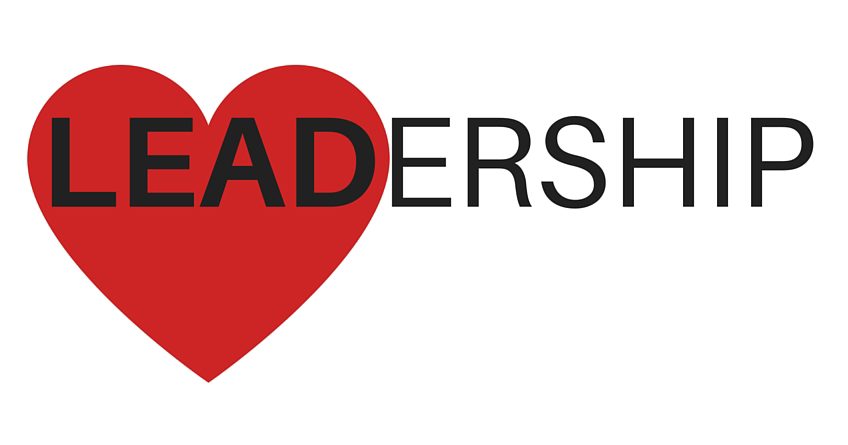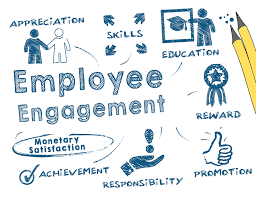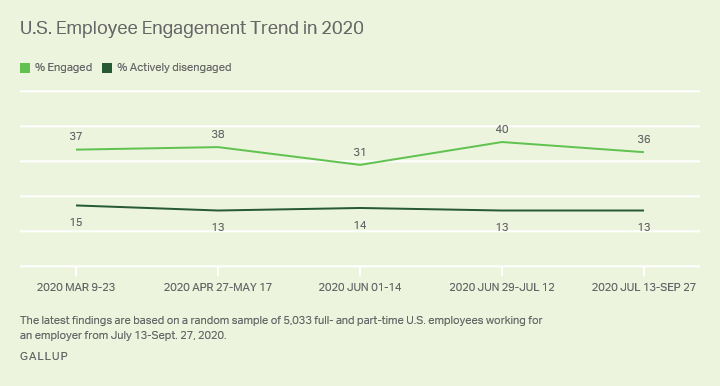
A proud man is always looking down on things and people; and, of course, as long as you are looking down, you cannot see something that is above you. – C.S. Lewis
In the washroom of a place of business in London, British newspaper publisher Willaim Beaverbrook happened to meet Edward Heath, a young member of Parliament, about whom Beaverbrook had printed an insulting article a few days earlier. “My dear chap,” said the publisher, embarrassed by the meeting, “I’ve been thinking it over, and I was wrong. Here and now, I wish to apologize.”
“Very well,” grunted Heath, “but next time, I wish you’d insult me in the washroom and apologize in your newspaper.”
If you hang around in leadership long enough, you will eventually have moments when you are on the receiving end of critics and toxic people. It comes with the territory. My friend Ron Ward explains it this way. “ The tallest trees catch the most wind. Leadership can make you a target.” This is so true.
Most likely by now, you’ve heard the popular expression, “In a world where you can be anything, be kind”. The message is simple but profound. I think it’s time more people live it, especially leaders.
One of the most lasting things you can do as a leader is to lift others- to see people where they are not with a condescending eye, but with a lifting hand. As a leader, you are either lifting people or leaving people, your choice will make all the difference.
What qualities or attitudes do lifting leaders possess? What sets apart leaders that lift as compared to leaders that hold others down? Let’s consider these five for starters.
Leaders that lift look at potential
When you look for and see the potential in people it becomes the starting place for lifting. It’s a principle that I learned many years ago from John Maxwell. He always saw people as a 10. In reality, they were not 10’s. They may only be a 2, 3, or 4, but he looked upon them as 10’s. He saw them not as they were in that moment but who they could become. As a leader that lifts, don’t just look at the dirt that surrounds that diamond in the rough, look at their intrinsic value and worth.
Leaders that lift set aside their insecurities
This perhaps is one of the most common causes as to why some leaders don’t lift others. So long as you are insecure you will always be looking upon others with a suspicious eye. This posture puts a lid on your leadership. What’s worse, in the process, you hold others back. Don’t allow your insecurities and pettiness to hold others back. People around you need your best, not your baggage. Click To Tweet As a leader that lifts, be willing to call out the best in people. At the end of the day, all people want and deserve is a leader that believes in them and is not intimidated by their rise.
Leaders that lift build relationships
A leader that lifts knows the power of connections and relationship building. While you may have the ability to lift those around you, it may be another that takes them further on the journey than you. Make those connections anyway. The people you lift may just be one connection away from reaching their dream and realizing their destiny. That journey begins with a simple act of kindness and offering a hand that lifts.
Leaders that lift build momentum
The compound effect of leaders that lift is that it creates an energy and momentum that is fueled by those who have been lifted to fulfill their dreams. Would you rather fuel momentum in your organization by coercion or by passion? When you commit to being a leader that lifts you unleash a momentum that you couldn’t do on your own.
Leaders that lift build the future
This is the lasting contribution of leaders that lift. When you lift others, you are not just improving the lives of others today, you are helping build the next generation of leaders. In the end, it’s not about what you did for yourself. How can you make the world a better place? It begins when you are not looking down on others, but when you lift them up. A promising future is built one lifting hand at a time.
Are you a leader that lifts?
©2021 Doug Dickerson

Listen to Doug’s leadership podcast at https://anchor.fm/cardinalpointleadership











